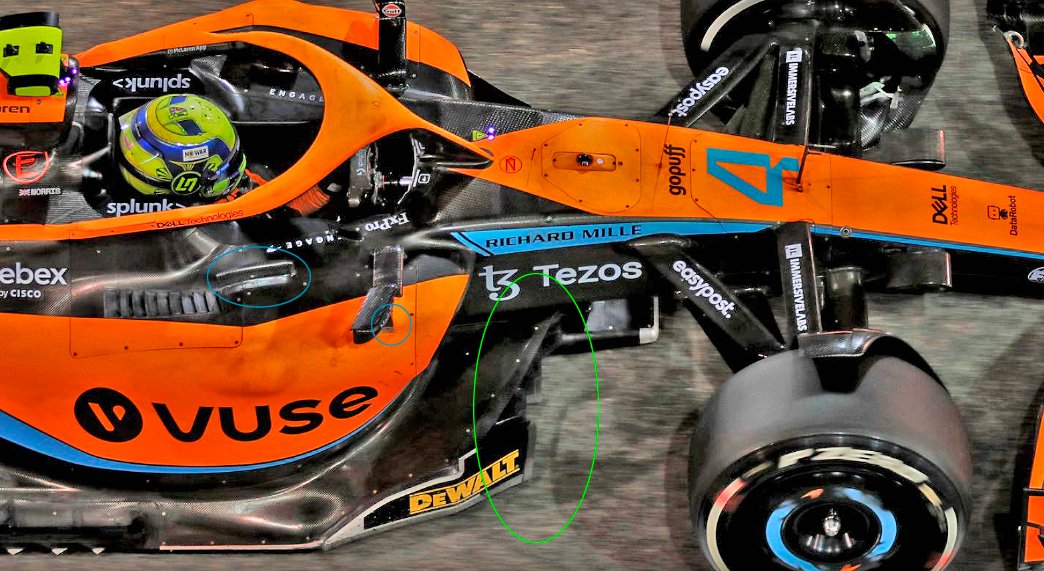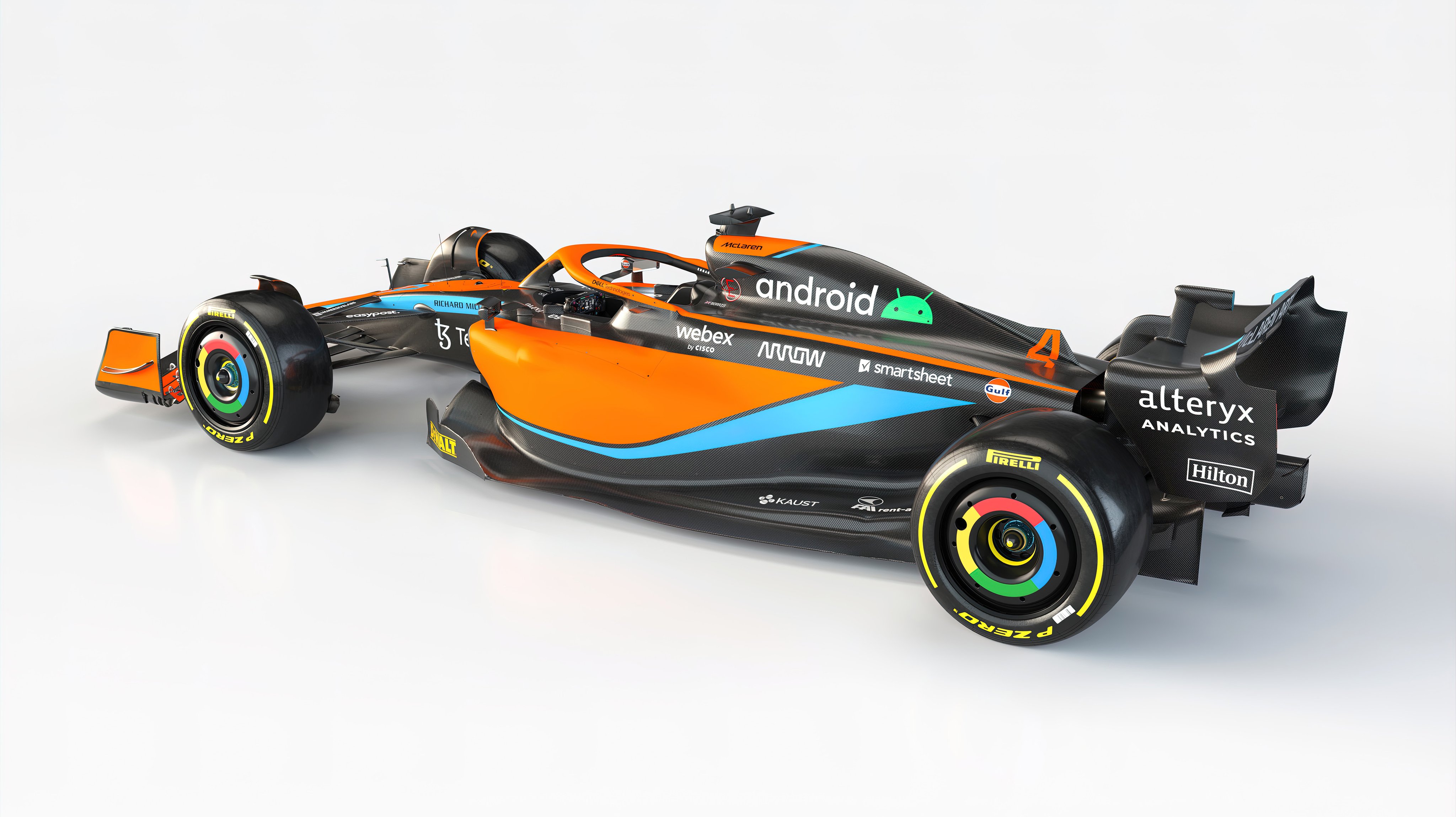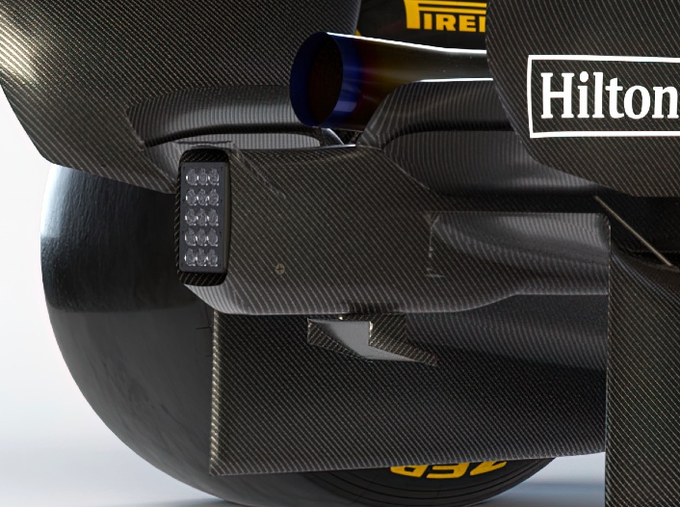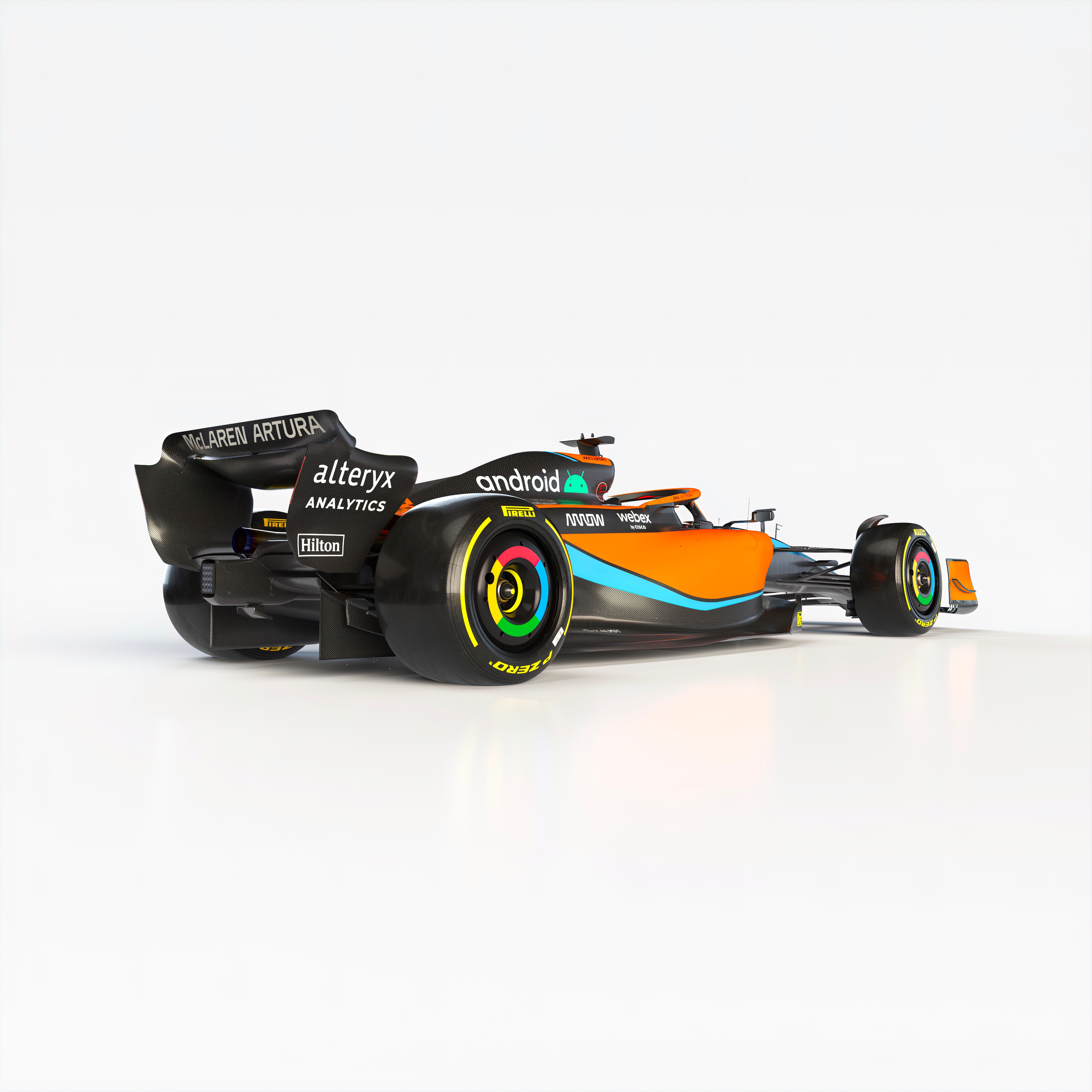- Login or Register
No account yet? Sign up


Is it me or in this picture the sidepods have been made less wide around the shoulder, the bump caused by the upper SIPS was not nearly as pronounced as the lunch spec car.mclaren111 wrote: ↑15 Mar 2022, 10:34https://d3cm515ijfiu6w.cloudfront.net/w ... 00x367.jpg
Different Mirror Support...
DragonSGC wrote: ↑15 Mar 2022, 13:42Is it me or in this picture the sidepods have been made less wide around the shoulder, the bump caused by the upper SIPS was not nearly as pronounced as the lunch spec car.mclaren111 wrote: ↑15 Mar 2022, 10:34https://d3cm515ijfiu6w.cloudfront.net/w ... 00x367.jpg
Different Mirror Support...
Being the new regs, someone has to push the limits of the regs to find out what will and won't be allowed. But I completely agree, nobody would do it if it had no benefit.SmallSoldier wrote: ↑16 Mar 2022, 00:43They wouldn’t have them if they didn’t add performance… My expectation is that it deemed legal, a lot of teams will approach them… The vortexes generated by them help clean up the flow to the back of the car, which is a key aspect for performance.






Looking at these McLaren and Ferrari latest floors the last few days, few things come to mind. Fairly obvious maybe, but looks like these flap slots utilize several effects to cure porpoising, while they may also add on to cause it in the first place. Flaps undoubtedly energize the floor sealing vortices, which are formed basically at the very front of the outboard floor edge. This sealing adds up to overall porpoising, without it the air might even bleed out from the tunnels on its own as they get closer to the ground. However, maybe at a critical ride height these flaps get so close to the ground they form a pressure zone lower than the one in tunnels and start drawing air out and away from them. The outboard vortex, which is already there, might even add to this local suction and prevent porpoising before it can get out of hand.SmallSoldier wrote: ↑16 Mar 2022, 20:41Top view of the separate winglet on the floor of the MCL36
https://i.imgur.com/nCx74sB.jpg
Another angle:
https://i.imgur.com/dzDidVz.jpg
I believe you may be right on this… They added additional vortex generators on the floor before the flap (picture below)… I still believe that Enrique Scalabroni was right when he mentioned that a critical part of avoiding porpoising resides on the ratio between the inlet of the Tunnels and the smallest volume of the Tunnel itself… If the opening is too big, you will “choke” the Tunnels… If the ratio is just right so that you aren’t choking them even at your theoretical lowest ride height, the effect is minimized… Mclaren seems to have one of smallest openings to the Tunnels (although I have no way to verify this, but is the impression from several pictures of the Tunnel inlets).Vanja #66 wrote: ↑16 Mar 2022, 21:21Looking at these McLaren and Ferrari latest floors the last few days, few things come to mind. Fairly obvious maybe, but looks like these flap slots utilize several effects to cure porpoising, while they may also add on to cause it in the first place. Flaps undoubtedly energize the floor sealing vortices, which are formed basically at the very front of the outboard floor edge. This sealing adds up to overall porpoising, without it the air might even bleed out from the tunnels on its own as they get closer to the ground. However, maybe at a critical ride height these flaps get so close to the ground they form a pressure zone lower than the one in tunnels and start drawing air out and away from them. The outboard vortex, which is already there, might even add to this local suction and prevent porpoising before it can get out of hand.SmallSoldier wrote: ↑16 Mar 2022, 20:41Top view of the separate winglet on the floor of the MCL36
https://i.imgur.com/nCx74sB.jpg
Another angle:
https://i.imgur.com/dzDidVz.jpg
Of course, all this would have to be carefully adjusted with rear suspension etc, feels like the critical ride height point for this potential phenomena is fairly sensitive and getting this area too close to the ground might ruin the whole thing. Having those cable stays would also ensure the critical gap to the ground is kept as steady as it can be.
